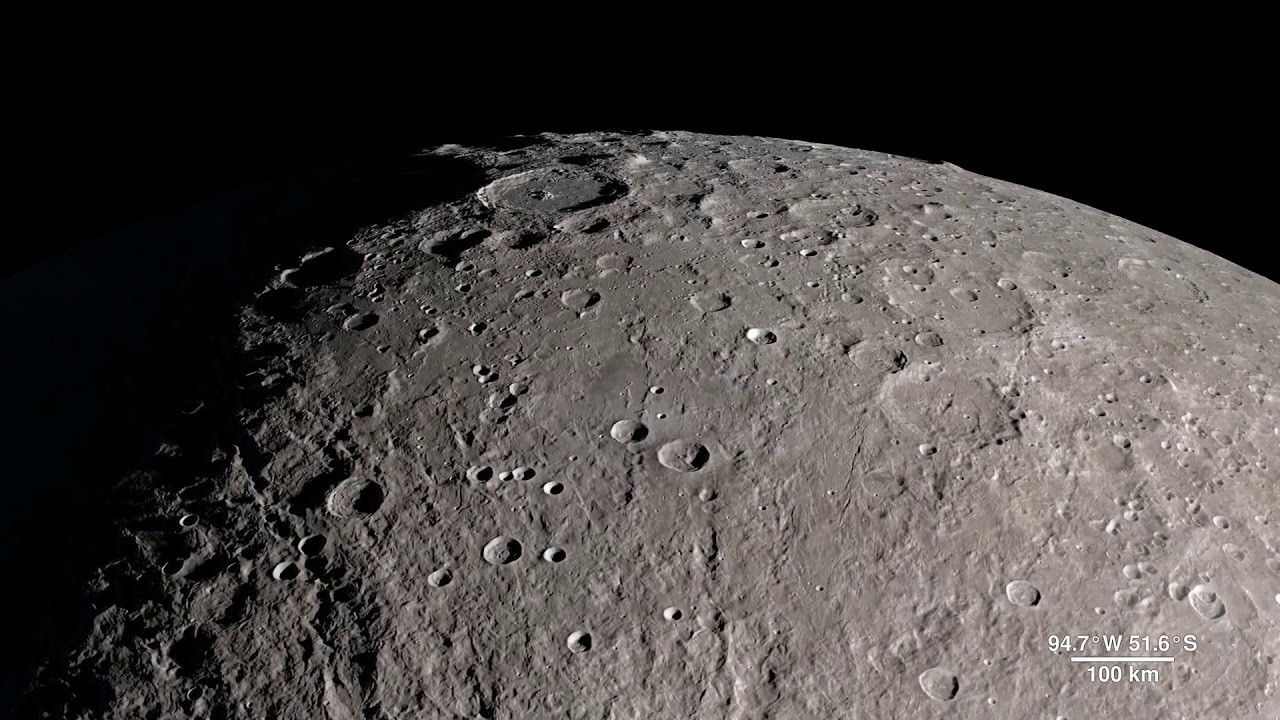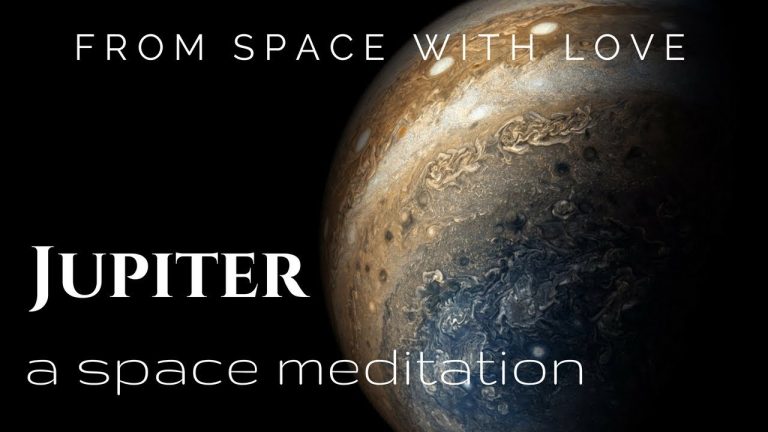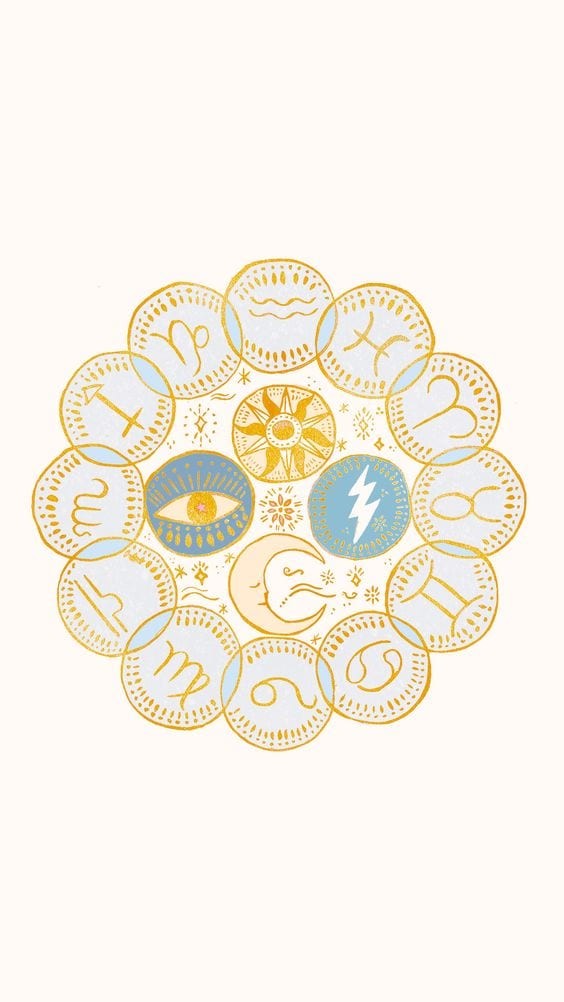All About The Moon And News
The collision of the Earth with another planet would have created the Moon

The creation story of the Moon remains a topic of fervent debate, with various hypotheses vying for dominance. One such theory is the giant impact scenario, which proposes that Earth was struck by a Mars-sized planet called Theia in the mid-2000s. This cataclysmic event would have sent part of Earth’s mantle soaring into orbit, eventually coalescing into the Moon we know today.
The similarity between the Moon’s composition and that found on our own planet is striking, as evidenced by samples brought back from lunar excursions. However, this correlation alone is insufficient to dismiss alternative theories. For instance, it’s possible that both Earth and the Moon formed simultaneously using identical material, thereby explaining their chemical affinity.
Yet, this hypothesis falls short of accounting for the significant disparity in density between our planet and its celestial companion. The scientific community currently favors the Theia theory, but the upcoming return of samples from China’s Chang’e 5 mission may yet alter the prevailing understanding.
Helium 3 on the Moon is of great interest to humanity
The Moon’s surface has been bombarded by the solar wind for billions of years, resulting in a unique composition that includes significant reserves of oxygen, iron, aluminum, and titanium. However, it is the presence of helium-3, a valuable fuel source for nuclear fusion, that has generated considerable interest. Estimates suggest that the Moon holds around 100,000 tons of this resource, which could provide humanity with energy for centuries while minimizing environmental impact.
While helium-3 presents an attractive alternative to traditional fossil fuels, its extraction and transportation to Earth would be a monumental task, requiring the collection and processing of regolith from vast areas of the lunar surface. Moreover, commercial thermonuclear reactors will not be ready to utilize this resource for decades, making it challenging to justify the cost and effort required to bring helium-3 back to Earth.
In essence, the Moon’s resources may best be utilized as a ‘gas station’ in the solar system, providing a convenient fuel stop for future deep space missions.
Water ice detected on the Moon
The Moon’s polar regions have long been suspected of harboring water ice reserves, but recent findings may have just cemented its status as a prime target for human exploration. A US research team has identified absorption lines in near-infrared data collected by India’s Chandrayaan-1 space probe, indicating the presence of water ice. This discovery is significant because it suggests that this water has been hiding in craters shielded from sunlight, making it harder to detect.
The researchers believe that the ice arrived through condensation of water vapor following impacts. The implications are exciting: with water present on the Moon, astronauts could not only drink it but also use it to produce propellant for their rocket engines. Additionally, the Moon’s surface features peaks that receive excellent illumination conditions, making solar panels a viable option for energy generation. Water and energy would essentially solve the equation of human survival.
In Europe, researchers are exploring the possibility of transforming lunar regolith into a building material. The Moon’s fine dust can be agglomerated into bricks or used directly for 3D printing structures. An ESA team has already successfully printed a structure using materials similar to the lunar regolith.
While lunar dust is often viewed as a hindrance to human exploration due to its tendency to infiltrate and pose health risks, it may also provide natural protection against radiation and extreme temperatures. The Moon’s allure extends beyond individual space agencies, with interests piqued by Americans, Europeans, Russians, and Chinese alike. Ongoing research into local resources and their utilization will likely continue to uncover new possibilities for human exploration.
The Chinese Chang’e 4 mission, set to launch later this year, will further investigate the Moon’s poles.
According to new study, the Moon could have water
A groundbreaking study published in the esteemed journal Nature has left scientists stunned. Researchers at Brown University claim that the Moon is teeming with water, contradicting prevailing theories and our understanding of the Moon’s formation. The team’s findings are based on data retrieved from the Indian spacecraft Chandrayaan-1, which was launched in 2008.
This unexpected revelation challenges conventional wisdom about the Moon’s origins, specifically the cataclysmic collision that formed the Moon around 4.5 billion years ago. This event would have vaporized any water present at the time, making it difficult to fathom how water could have survived on the Moon. The study is not the first of its kind; in 2008, Brown University’s Alberto Saal analyzed Apollo 17 mission samples and found that they were 100 times more water-rich than predicted.
The latest findings confirm that this anomaly affects the entire lunar mantle, suggesting a general humidity rather than liquid water. While it remains unclear whether ice could form on the Moon, this discovery has significant implications for future space exploration. Water is essential for sustaining human life in space, and this finding offers new opportunities to exploit the Moon’s resources.
China’s Chang’e 5 mission, scheduled to launch in December, will return lunar samples to Earth, providing further insights into this enigmatic phenomenon.
You might be interested by this
Space Lover, Learn How To…
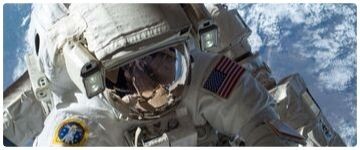

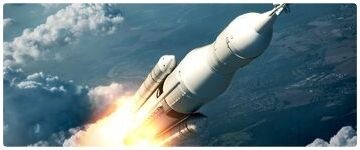
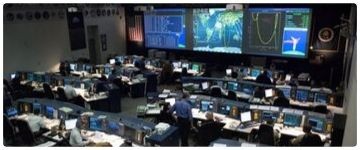


For those who have always been fascinated by the vastness of space and the thrill of exploration, becoming an astronaut or working in the space industry can be a dream come true. Imagine being able to witness a rocket launch firsthand, feeling the rush of adrenaline as the powerful machine lifts off into the sky. Not only that, but you’ll also have the opportunity to learn about astronomy and gain a deeper understanding of the universe we live in.
And let’s not forget the possibility of seeing a rare event like a solar eclipse, an experience that will leave you in awe of the beauty and complexity of our celestial neighbor.
